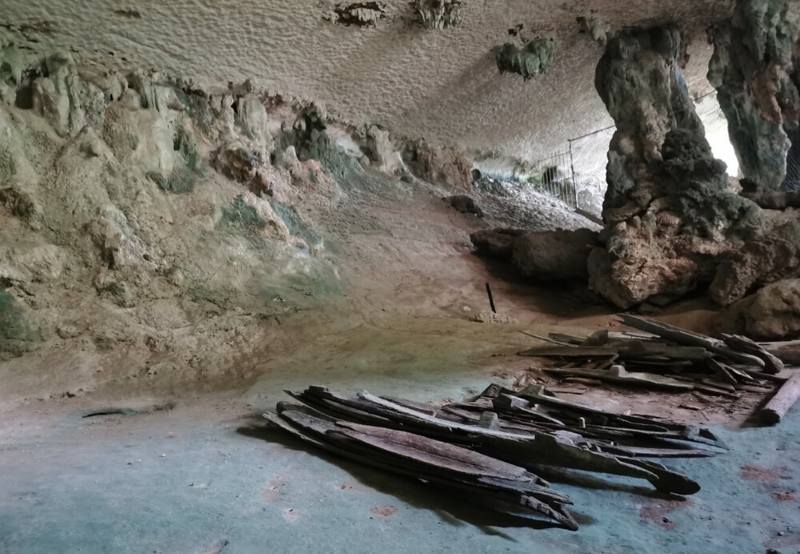
The west mouth of Niah Cave (All photos: Uni-Technologies Sdn Bhd)
The archaeological complex of the Niah National Park in Miri, Sarawak has been granted World Heritage Site status by Unesco.
In a statement on July 27, the Ministry of Tourism, Arts and Culture revealed the recognition was declared at the 46th World Heritage Committee session in New Delhi, India, following deliberations by its 21 member states.
Efforts to nominate the Niah Caves’ archaeological site began in 2019 and submissions were made in January 2021. Formal documents were delivered to the Unesco Secretariat in Paris last January.
“To land on the Unesco World Heritage List is coveted worldwide because it is the highest international recognition that can be obtained for heritage sites,” said Motac. “In addition to promoting and showcasing our national heritage sites on a global scale, this underscores Malaysia’s commitment to protecting our local heritage sites.”
According to Unesco, the complex caverns at Niah contain the longest known records of human interaction with the rainforest, spanning at least 50,000 years from the Pleistocene to the Mid-Holocene periods.
site_1014_0004-1000-692-20230306150943.jpg

The rich archaeological deposits, prehistoric rock paintings and boat-shaped burials found at the northern edge of the massif indicate biological and human life during this time. They contribute to the understanding of human development, adaptation and migration not only in Southeast Asia, but from a global context as well.
Niah National Park is Sarawak’s second World Heritage Site after Gunung Mulu National Park (listed in 2000), where the world’s most studied tropical karst and largest known cave chamber is located. Also in Borneo is Kinabalu Park (2000), dominated by Mount Kinabalu, the highest mountain between the Himalayas and New Guinea.
Together with the historical Straits cities of Melaka and George Town (2008) and Perak’s Lenggong Valley Archaeological Site (2012), they make up the five locations acknowledged by Unesco.
Motac is also currently working on nominating several more areas for the status, including the FRIM Forest Park in Selangor, Royal Belum State Park in Perak and National Leprosy Control Centre in Sungai Buloh.


